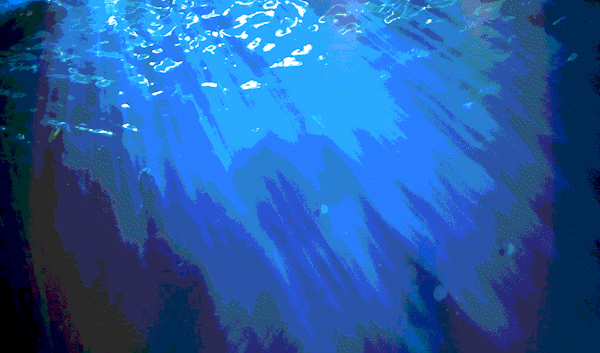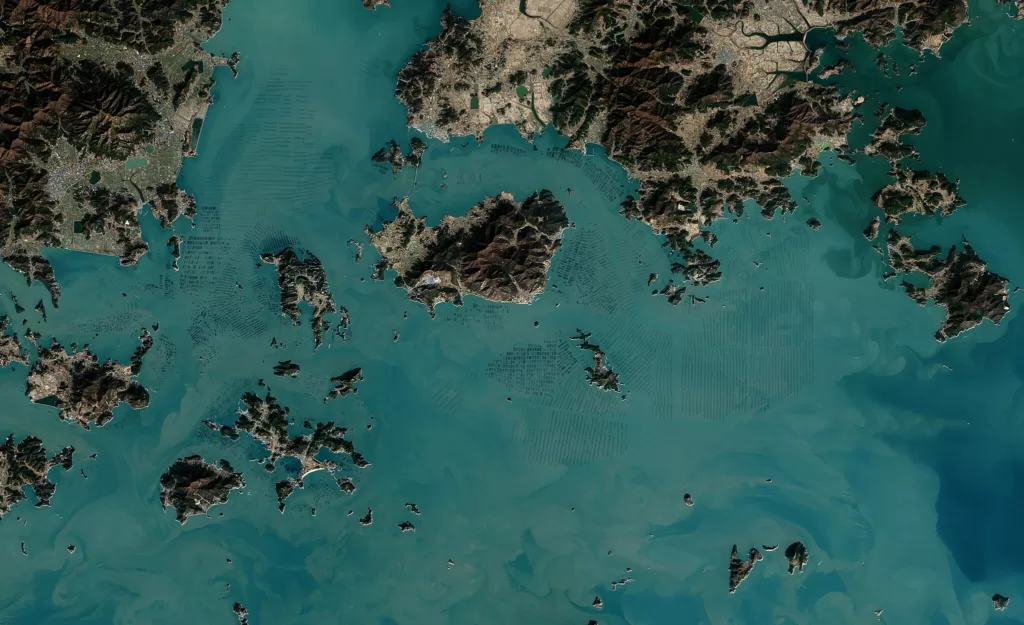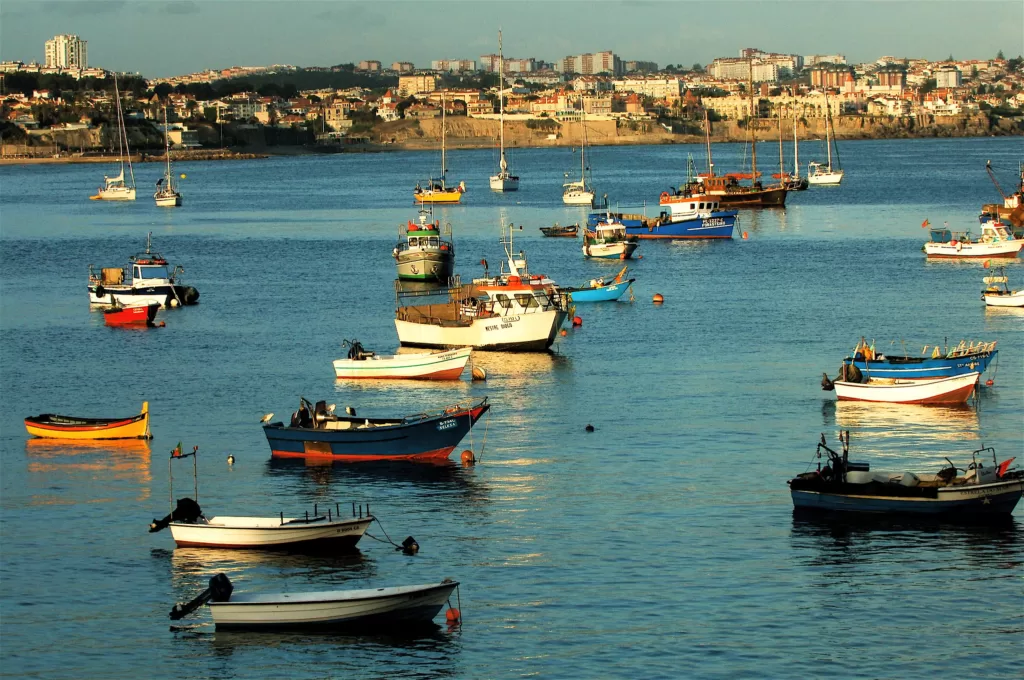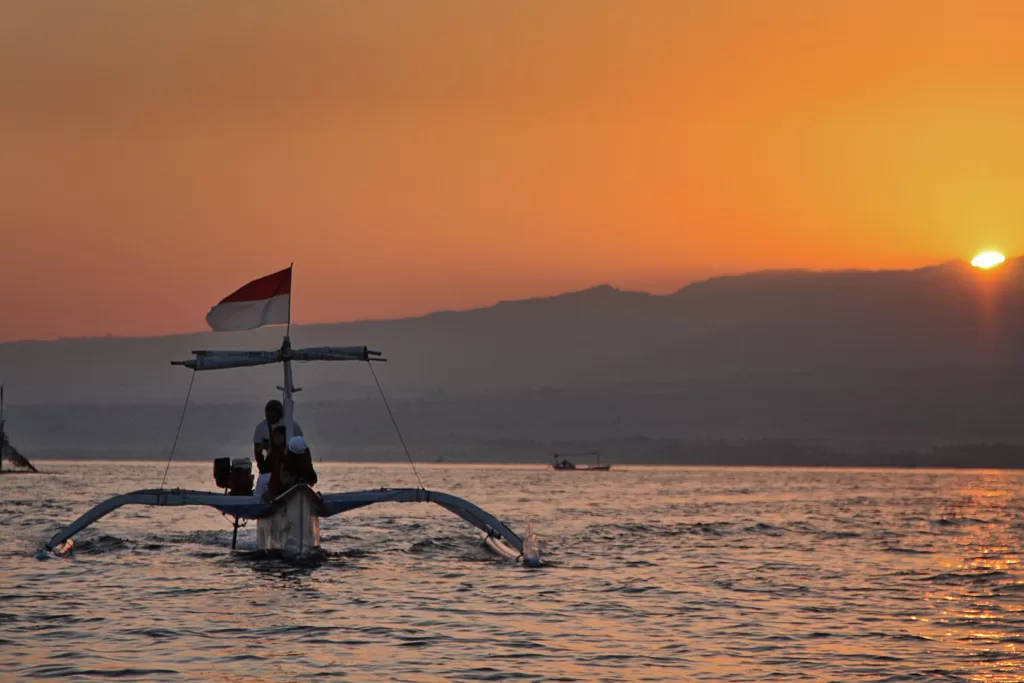Restoring kelp forests to sustain the vital role they play in the blue economy will require people rethinking their relationship with the ocean.
 It’s estimated kelp forests provide USD$500 billion of value to society each year. : Aaron Eger CC BY 4.0
It’s estimated kelp forests provide USD$500 billion of value to society each year. : Aaron Eger CC BY 4.0
Restoring kelp forests to sustain the vital role they play in the blue economy will require people rethinking their relationship with the ocean.
Kelp forests are the largest marine ecosystems on Earth.
They grow next to 740 million people — or 10 percent of the world’s population — and sustain cultures through connections to stories and traditional practices, and economies by providing food and materials for society.
They are also some of the most productive ecosystems on the planet, able to grow 30 centimetres in less than a week.
But as important as they are, kelp forests are also threatened.
A combination of increasing water temperatures, invasive species, coastal pollution and development means that 40 to 60 percent of kelp forests have been degraded in the last 50 years.
As the first economic assessment of the global value of kelp forests showed, this puts at risk USD$500 billion of value in the benefits provided by these ecosystems to humans every year and threatens the people that rely on them.
Unfortunately, kelp forests don’t seem to rebound on their own once some of these human impacts — such as pollution — are reduced or taken out of the picture entirely.
If people want to restore kelp forests and help sustain the vital role they play in the blue economy, they may need to rethink their relationship with the ocean and start thinking about how they can play a central role in restoring it.
Around the world, from Norway to the United States of America to Chile to Korea and Japan, many people are doing just that.
In Korea, there is a term for this work that roughly translates to ‘marine gardening‘ and is applicable anywhere.
This philosophy suggests that people are not separate from nature, and by working with it we may be able to save these underwater forests.
The gardening term is apt because the ways that people can save kelp are a lot like the ways people work in their own gardens.
Restoration projects can till the soil by making it easier for kelp to grow on the seafloor.
They can distribute seeds into the ocean and hope that they take root, or they can grow plants in a nursery and transplant them fully grown into the sea.
Another group co-founded in Australia, the Green Gravel Action Group, grows juvenile kelp on small rocks and then scatters this gravel in the field, similar to seeding on land.
If the waters are now too warm, projects can select and breed heat tolerant species and individuals to add back into the ocean.
Underwater gardening also has its share of pests.
Similar to caterpillars that chew through tomatoes in a garden, kelp can be munched on by spiny herbivores called sea urchins.
In some cases, restoring kelp can be accomplished by harvesting or capturing the sea urchins. This activity can even be a win-win as urchins are a seafood delicacy in many parts of the world.
Classical protection can also play a role. If sea otters, lobsters, and fish are protected or restored, these animals naturally prey upon the urchins and help kelp forests thrive.
Society has the tools to protect and restore kelp forests, but there is a lot of work left to do.
There are now restoration projects in at least 16 countries, and local municipalities through to national governments are thinking about how to restore kelp forests.
But it is a big task.
Currently, approximately 15,000 hectares of kelp forests have been restored, but experts suggest that society should restore 1 million hectares by the year 2040.
Filling in this gap would require a big investment from governments, businesses, and society but it can return billions of dollars in ecosystem services and reconnect people to the ocean all around the world.
Investing in the ocean can also create a whole new regenerative industry that works to reverse past damages and sustain those forests into the future.
A project of the Kelp Forest Alliance is the Kelp Forest Challenge, which calls on everyone to not only restore 1 million hectares of kelp forest by 2040, but protect another 3 million hectares while also educating society about their importance.
Anyone can become a marine gardener and play a role in saving kelp forests.
Dr Aaron Eger is a marine scientist researching how we can combine people with ecological, social and economic knowledge to provide solutions to wicked problems in our world’s oceans, and is a postdoctoral research fellow at UNSW. He is also the founder and program director of the Kelp Forest Alliance — a research-driven not-for-profit dedicated to accelerating the protection and restoration of kelp forests worldwide.
Originally published under Creative Commons by 360info™.












